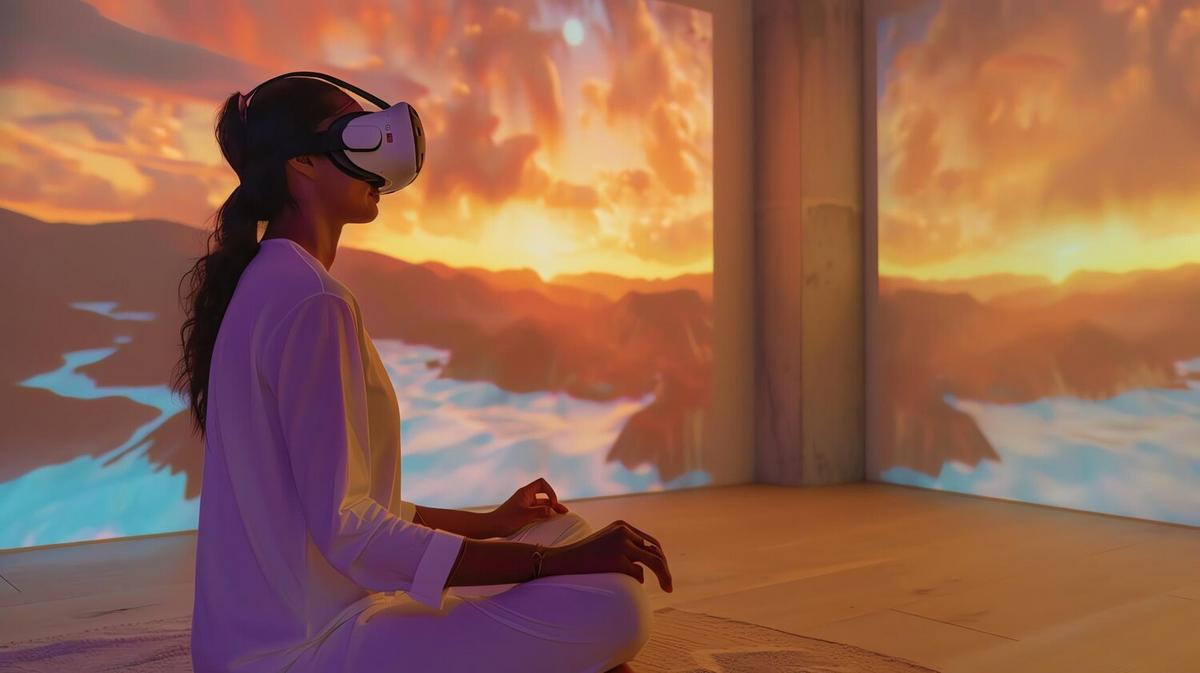
Mindfulness for Beginners: Starting Your Journey with Ease
Embarking on the path of mindfulness can feel like stepping into a new world, one filled with moments of calm and clarity. While the journey may seem daunting, beginning with a few simple techniques can ease the transition and make mindfulness a part of your daily routine.
Understanding Mindfulness
Mindfulness is the practice of being fully present and engaged in the moment, aware of your thoughts and feelings without judgment. This technique has been shown to reduce stress, increase focus, and improve emotional well-being. According to a study published in the Journal of Happiness Studies, individuals who practice mindfulness report higher levels of happiness and life satisfaction.
Expert Insights
“Mindfulness isn’t difficult, we just need to remember to do it,” says Sharon Salzberg, a renowned meditation teacher. Her words highlight the simplicity and accessibility of mindfulness practices.
Getting Started: Tips and Techniques
- Start Small: Begin with just five minutes a day. Gradually increase the time as you become more comfortable.
- Focus on Breathing: Pay attention to your breath. This anchors you in the present moment and can be practiced anywhere.
- Use Guided Meditations: These are widely available on platforms like YouTube and can help guide your practice.
Personal Experience
Consider the story of Emily, who started her mindfulness journey during a hectic period at work. She found that a few minutes of focused breathing each morning helped her manage stress and approach her tasks with a clear mind. Her experience is a testament to the practical benefits of incorporating mindfulness into daily life.
Actionable Advice
To integrate mindfulness into your routine, set aside a specific time each day. Consistency is key, and even short, regular practice sessions can lead to significant improvements in mental clarity and stress reduction.
Additional Resources
Explore more about mindfulness through reputable resources such as the Mindful website, which offers a wealth of articles and guided practices.
Comparison Table of Mindfulness Apps
| App Name | Features | Price |
|---|---|---|
| Calm | Guided meditations, sleep stories | $69.99/year |
| Headspace | Courses for beginners, themed sessions | $69.99/year |
| Insight Timer | Free meditations, community features | Free with in-app purchases |
| 10% Happier | Interviews, single meditation sessions | $99.99/year |
| Simple Habit | Short, 5-minute meditations | $89.99/year |
| Smiling Mind | Programs for different age groups | Free |
| Breathe | Breathing exercises, relaxation music | Free with in-app purchases |
| Mindfulness Coach | Structured course, progress tracking | Free |
FAQs
What is the best time to practice mindfulness?
The best time is when you can consistently dedicate a few minutes to practice, whether morning, afternoon, or evening.
Can mindfulness help with anxiety?
Yes, mindfulness can be an effective tool for managing anxiety by helping you focus on the present and reduce overthinking.
Conclusion
Mindfulness is a journey that begins with small steps. By incorporating these practices into your daily routine, you can enhance your mental and emotional well-being. Remember, the most challenging part is starting, so take the first step today and explore the peace and clarity mindfulness can offer.


